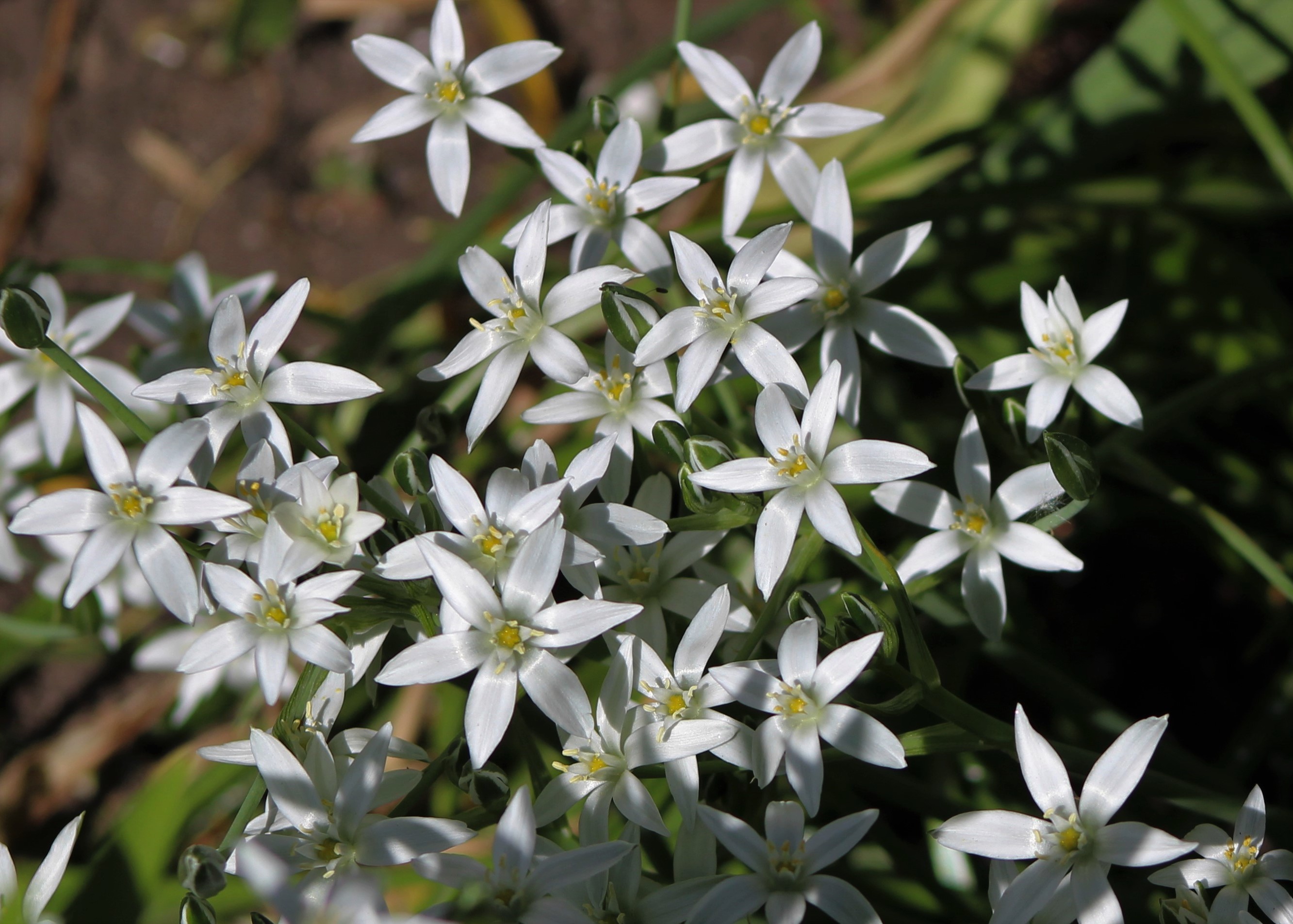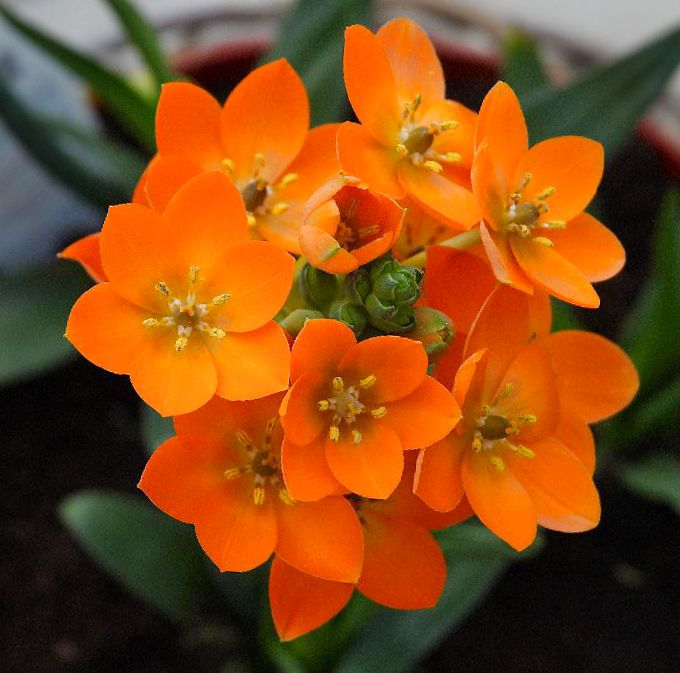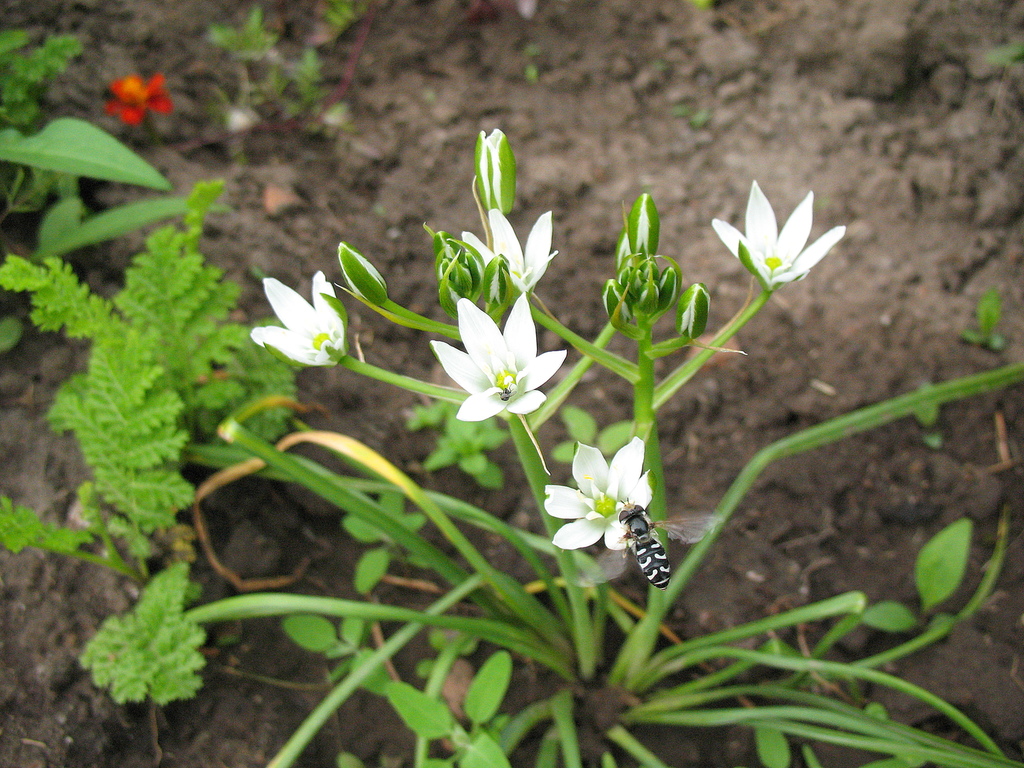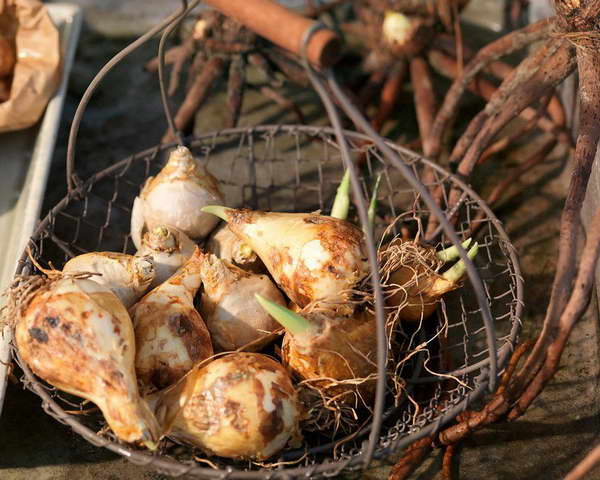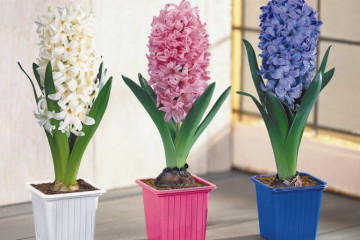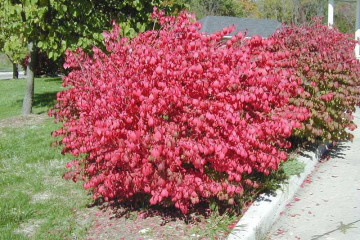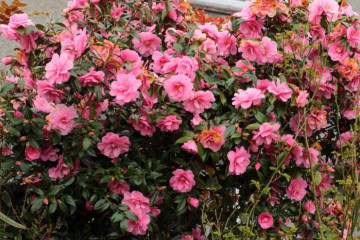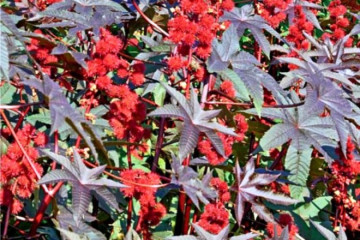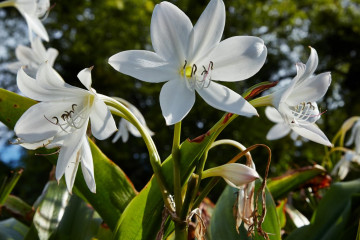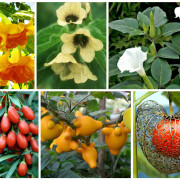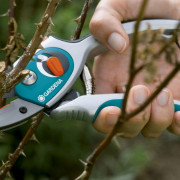Poultry house - planting and care in the open field
The birdhouse flower has the second name ornithogalum. The plant is a bulbous herbaceous perennial belonging to the subfamily Hyacinths of the Asparagus family. In nature, culture grows in South Africa, Western Asia and the Mediterranean. In total, there are more than 150 species of this plant. Some of them are actively cultivated by domestic growers.
Types of poultry
Recently, the following types of poultry farms are in especially high demand.
Umbrella poultry
Umbrella poultry, or white poultry, is one of the most popular flower varieties. The average height of the bush is 25 centimeters. The leaf plates of the plant are grooved linear. Their main feature is the presence of a white stripe.
The flowers are also white with a wide longitudinal green stripe, formed into umbellate inflorescences. This poultry farm does not pose any problems in terms of planting and care.
Poultry Boucher
The Boucher birdhouse has narrow green leaves, bent longitudinally along the central vein, the length of which can vary from 20 to 50 cm. The plant bulb has a diameter of about three centimeters. The peduncle of the poultry plant is strong, vertical, rather thick, without foliage. At its top, it bears an inflorescence of 20 flowers of a light green hue.
An important property of this variety is that the flowers unfold sequentially, due to which the flowering period is significantly extended. It is not difficult to take care of the plant, therefore it is often used as an element that forms the landscape design.
Poultry arabic
The Arabian poultry garden is another variety of ornithogalum that is in demand among domestic florists. The flower is characterized by green oblong-triangular basal leaves. Peduncles can reach a height of 60 cm. The flowers of the poultry farm can have a white or cream shade.
The plant blooms in the first half of summer. Since the Arabian poultry farm does not require special care, it is often successfully grown even by novice growers.
Poultry arcuate
For the arched poultry farm, green fleshy and rather thick leaves of an oblong-triangular shape are typical. Among the lactarius of bulbous flowers, this species is the highest. Its bulb can be up to 30 cm in diameter, peduncles up to 120 cm in height.
The flowers of the plant are collected in loose paniculate inflorescences. The petals are thin and narrow, white. It is possible to plant an arched poultry farm in almost any region, including Siberia and the Urals. The most important thing is to provide the plant with a reliable shelter for the winter.
Doubtful birdhouse
In accordance with the general description, the dubious poultry farm is the brightest representative of the species. It is a compact plant, the height of which barely reaches 30 cm. The leaves of a triangular flower are covered with a slightly bluish waxy coating. The flowers of the plant, which is otherwise called orange ornithogalum, have a rich orange color.The core of the flowers is red, turning into brown.
The flower blooms in the spring.
Tirsoid poultry
The tirsoid poultry farm has green linear leaves, the length of which varies from 15 to 30 centimeters. Moreover, their width is only 1 cm. The flower grows up to half a meter in height and blooms with delicate white inflorescences located at the top of a low, but quite strong peduncle.
Each peduncle bears 30 to 50 flowers. The plant is easy to care for, because it can often be found in gardens and home gardens in many regions of the country.
Tailed bird poultry
The tailed birdhouse is another variety of the flower that is widespread in the Russian latitudes. It is a relatively large plant with green linear leaves up to 90 cm long. The peduncle is tall and long, without leaves. The plant blooms with inflorescences in the form of an ear with white or greenish flowers, of which there can be from 50 to 300.
Planting after purchase in open ground
In order for the plant to grow and delight the eye with its beautiful flowers, it is important to plant it correctly.
What is needed for landing
To plant a poultry farm, you will need to correctly determine the place of its future growth, the timing and saturate the soil with useful substances.
The plant should be planted in soil with a good indicator of water resistance, which, under no circumstances, does not become waterlogged. Therefore, it is highly recommended to choose sandy soil. To enrich the soil, a certain amount of peat or humus is added to it.
Seat selection
So that the planting and care in the open field is not difficult for a flower poultry farm, the choice of a site for a plant should be approached with maximum responsibility. The best option would be a sunny or semi-shady place, protected from strong winds by shrubs, garden trees, a building wall or hedge.
Step-by-step planting process
A step-by-step description of planting a poultry house boils down to the following simple steps:
- Several planting holes are dug, the depth of which can vary from 6 to 10 cm, depending on what size the bulb is to be planted. The average distance between the pits should be at least 20 centimeters so that the plants have room to grow.
- One onion is placed in each hole.
- The hole is covered with loose soil.
- The seedling is being watered.
Thus, planting a poultry farm is not particularly difficult.
Reproduction methods
Ornithogalum can be propagated in different ways.
Cuttings
Poultry cuttings allow growing young and strong plants in a relatively short time. To obtain cuttings, a five to seven-year-old plant is dug up, cleaned of soil and dried in the sun. Then, daughter bulbs with already formed roots are separated from the large onion. Further, they will only have to be planted in a sunny or semi-shaded area.
From seed
Reproduction of a poultry farm from seeds is a very laborious and troublesome process. Nevertheless, some growers resort to it. Seeds before sowing (about three months) are placed in a refrigerator to stratify them. Sowing is carried out in a mixture of sand with peat and covered with a film, periodically ventilated. The soil is moistened from time to time with a spray bottle.
Seedlings appear with the onset of spring.After that, they remove the film and wait for the young growth to get stronger a little. Then it is transplanted into separate pots and grown until next spring.
Plant care
Like any other culture, the poultry farm needs competent care. Since the plant is not capricious, all manipulations come down to watering, feeding and preparing for winter.
Watering mode
You need to water the flower as the top layer of the soil dries. The plant responds well to spraying with water at room temperature.
Excessive soil moisture can be detrimental to the poultry farm.
Top dressing
It is recommended to feed the plant in the autumn. Usually organic fertilizers are used for this purpose. If the soil in which the bulbous plant grows is sufficiently saturated with nutrients, fertilization can be abandoned. The flower will develop well without it and feel quite comfortable.
During flowering
The poultry garden, when it begins to bloom, does not require any special care. The only thing that needs to be done is to reduce the number of waterings.
During the rest period
After the plant has faded and its leaves wither, it will need to be cut off. Watering at this time must be completely abandoned.
Preparing for winter
If the poultry farm is grown in regions with a temperate or mild climate, it will not need to be covered for the winter.
